Manaslu Circuit Trek in March – A Complete Adventure Guide
This journey over the Manaslu Circuit trek in March embodies an incredible element of natural beauty mixed with rich culture, an added bonus that makes it an extra worthwhile trek challenge for most trekkers. One of Nepal's most famous high passes offers breathtaking views: snow-capped peaks combined with the best valleys to greet you and local mountain villages in the heart.
March is a perfect time for this trek because it is the start of the spring trekking season, which enjoys clear skies, moderate temperatures, and fewer crowds compared to peak months like October. Whether an experienced trekker or a first-timer, trekking in March allows seeing the best of the Manaslu region in perfect conditions. Let's explore why March is considered the ideal month for trekking in the Manaslu Circuit and what one can expect on their journey.
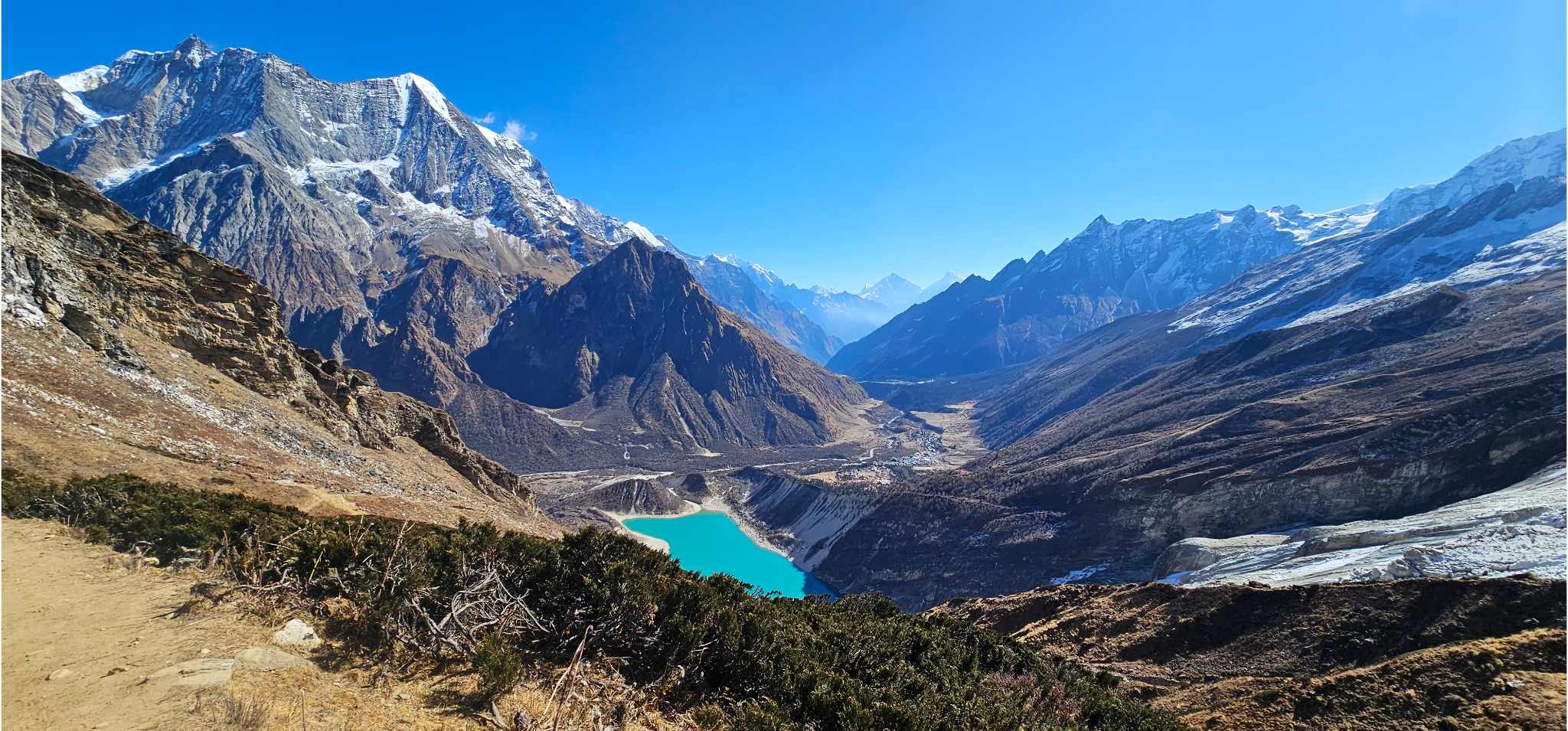
Why Choose the Manaslu Circuit Trek in March?
The Manaslu Circuit Trek in March is the best time for those who seek the raw beauty of the Himalayan range of Nepal. This is because the temperatures are moderately warm while the climatic conditions remain somewhat stable, which is a fantastic time to trek. Here are some factors that make it perfect for this trek:
1. Ideal weather conditions for trekking
The weather in the Manaslu region during March is ideal for trekking. Temperatures are not as cold as during winter months, and you will not have to face extreme cold or heavy snowfall. It is an excellent balance because even though the peaks are still covered with snow, offering a beautiful winter landscape, you do not need to experience harsh weather conditions, which might be expected in December or January.
Unlike the peak months of October or April, fewer trekkers come to the Manaslu Circuit in March. That means more peace, quiet trails, and the opportunity to immerse oneself in the region's natural beauty and culture.
10 Beautiful reasons to do Manaslu Circuit Trek
2. Trekking Views with Snow-Capped Peaks
This month, on a trek to the Manaslu Circuit, one can take some of the best pictures of snow-covered peaks, including Manaslu, 8,163 meters; Himalchuli, 7,893 meters; and Ganesh Himal, 7,422 meters. The crisp mountain air and clear skies give the best vantage points to appreciate these majestic peaks.
3. Better Trekking Conditions
In March, the trekking conditions are perfect as the chances of heavy rainfall or snowfall are minimal. The trails are transparent and will not be hampered by muddy paths or heavy snowfall as one would face in earlier months of winter. This stability of the trail's condition makes the trekking easier and more comfortable.
4. Time to Acclimatize Further
March is a very good month for acclimatization because it offers a balance between clear weather and manageable temperatures. Thus, the moderate weather conditions during this gradual ascend on the circuit make it easier, helping trekkers gain altitude without much stress.
Choosing the Manaslu Circuit Trek in March ensures a fantastic trek because of the amazing combination of favorable weather, excellent scenery, and a relatively peaceful environment. For both accomplished trekkers and those new to high-altitude hiking, this is a perfect time to see one of Nepal's most stunningly beautiful and culturally rich trekking areas.
Recommendation Read: Manaslu Circuit Trek, The Ultimate Guide
Manaslu Circuit Trek Weather in March
March is considered one of the best times to participate in the Manaslu Circuit Trek because of its relatively stable and mild weather conditions. The transition from winter into spring ensures a comfortable trekking experience with clearer skies and moderate temperature conditions, making this an ideal time to go on treks.
Temperature Range in March
For March, temperatures throughout the Manaslu Circuit tend to fluctuate along with the elevations. General Day-to-Day Temperature of Lower Altitude (600m - 2,500m): At this low altitude, in places like Arughat and Soti Khola, the daytime temperature is quite acceptable, ranging between 5°C (41°F) and 15°C (59°F). But nights are chillier, mostly below 0°C (32°F).
- Mid-Altitude (2,500m—3,500m): In villages like Samagaon or Lho, temperatures are a little more moderate. During the day, they're typically between 0°C (32°F) and 10°C (50°F), dropping to -5°C (23°F) or lower at night.
- High Altitudes (Above 4,000m): At higher elevations, such as Larkya La Pass (5,160m), the daytime temperatures can be -5°C (23°F) to -10°C (14°F), with nights getting extremely cold, dipping to -10°C (14°F) to -15°C (5°F).
Snowfall and Precipitation
- Snowfall: In March, snow melts in many places but persists at higher elevations. Nevertheless, the snowfall is not as heavy as the one during the winter, and therefore, you would not be fighting heavy snowstorms, but the beauty of snow-capped summits and valleys will still make you enjoy it. At Larkya La, you may even encounter snowfall because the environment portrays a 'winter scene' for your trek.
- Rainfall: March is considered the tail end of Nepal's dry season, so the amount of precipitation is small. Consequently, it provides perfect trekking conditions since there is no rain to make the trails muddy or slippery. It means better visibility and clearer skies.
Visibility and Skies
Another salient point about the Manaslu Circuit Trek in March is the visibility. The month's clear and crisp air and low humidity offer great, clear views of snow-capped mountains: Manaslu, Himalchuli, and Ganesh Himal. The clear sky ensures fantastic photo shooting and sightseeing along the trail.
Challenges Due to Weather
Cold Nights: Since the temperature goes down at night, one must be adequately equipped with a sleeping bag and layers of warm clothes for cold conditions.
Altitude Considerations
The trek touches an altitude of over 5,000 meters and is never without the danger of altitude sickness. Proper acclimatization is required. Though March conditions favor trekking, altitude creates problems, particularly around Larkya La Pass.
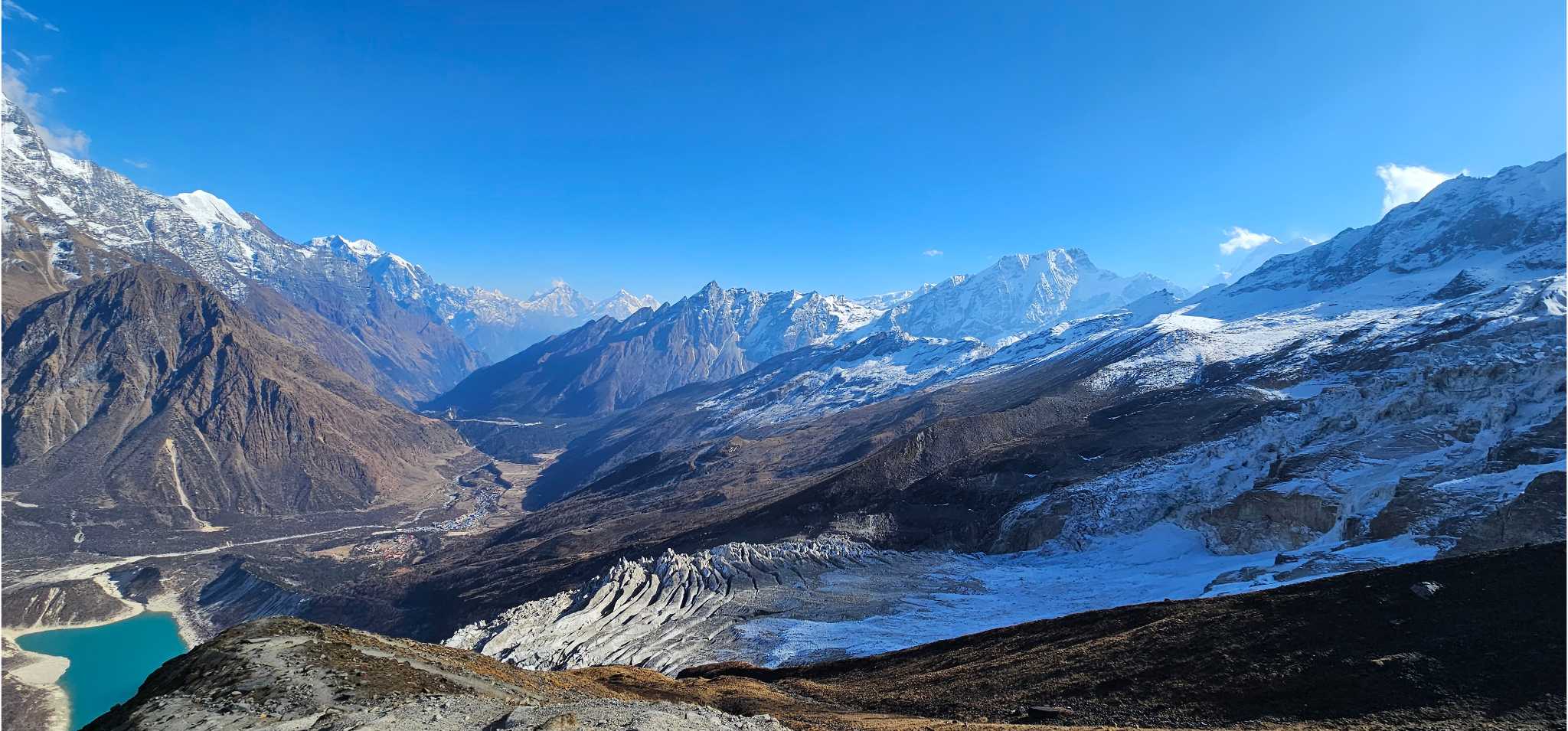
Difficulty of Manaslu Circuit Trek in March
The Manaslu Circuit Trek in March is usually rated moderate to challenging, consisting of high altitude, rugged terrain, and extended daily hiking. Despite the good weather in March, the following are a few key things to bear in mind while trekking:
1. Altitude
Trekking reaches 5,160 meters at Larkya La Pass, which can quickly induce altitude sickness. Sufficient time must be available for proper acclimatization, which March provides comparably favorably.
2. Terrain and Trail Conditions
The trail is sometimes well-trodden and sometimes rocky and narrow, especially at higher elevations. March has less snow than winter, but there can still be icy or snowy patches, especially near Larkya La, making footing tricky.
3. Cold Weather
The night temperatures at higher elevations reach below -10 degrees Celsius (14 Fahrenheit). To stay warm properly insulated jackets with sleeping bags must be used.
4. Physical Demands
Expect long days of trekking (6-8 hours), with some longer stretches at higher altitudes. The Larkya La Pass is incredibly challenging, with steep ascents and potentially unpredictable weather.
5. Limited Services
Services including food and medical support become sparse when you travel up to elevated areas. Additional supplies together with guidance about distant areas should be considered essential for anyone traveling up high elevations.
How to Prepare for the Manaslu Circuit Trek in March
Given high altitudes, cold temperatures, and challenging terrain, preparing for the Manaslu Circuit Trek in March is essential. Here's a preparation guide on how to prepare for the trek:
1. Physical Fitness
A difficult level of challenge exists in Manaslu Circuit trekking. Getting ready for such conditions includes training your body through strength and endurance development. Hiking, running and cycling provide cardio exercises to build your body endurance which will help in the long treks and daypack transportation. Develop core strength along with your leg strength and arm strength to face your daily trek challenges.
Climbing to higher elevations through hiking will help your body adapt to the challenges of trekking experience.
2. Equipment and Clothing
By March, it is cold, especially at higher elevations. Here's what you will need.
- Layered clothing: Base layers, an insulating layer, and an outer waterproof shell.
- Warm sleeping bag: -10°C/14°F rating.
- Trekking boots: Waterproof and worn in, ensuring comfort and sure footing.
- Insulated jacket and gloves: Cold evenings and mornings.
- Headlamp: Early starts or late arrivals into lodges.
3. Acclimatization
Altitude sickness can be a problem on the trek. Extra time at key points in the acclimatizing-for example, Samagaon-can avoid altitude sickness:
- Ascend gradually: Avoid rushing to higher elevations.
- Take rest days: Rest days help your body acclimatize to the thin air.
- Hydrate well: Ample water helps to counter the altitude effects.
4. Permits and Documentation
For the Manaslu Circuit, the following permits are required:
- Manaslu Conservation Area Permit (MCAP)
- Annapurna Conservation Area Permit (ACAP)
- Restricted Area Permit (RAP)
These should be provisionally made through a trekking agency or at the Nepal Tourism Board in Kathmandu.
5. Mental Preparation
The trek is challenging, so one must prepare psychologically:
- Prepare to spend long days of trekking over rugged terrain.
- Be prepared for cold climatic conditions and weather changes, mainly on the higher sections of the trek.
- One must be flexible and patient with unforeseen changes.
6. Travel Insurance
Ensure that your travel insurance covers treks at high altitudes of up to 5,160 meters and has provisions for emergency evacuations. This is to be on the safe side in case of unexpected health issues.
Focusing on physical fitness, proper gear, acclimatization, and logistical preparation will prepare you to tackle the Manaslu Circuit Trek in March confidently.
How to trek to Manaslu Circuit
Packing List for the Manaslu Circuit Trek in March
The correct equipment must be packed for March trekking due to weather conditions. At high altitude one must use proper packaging since the weather remains cold. Here's a vital packing list:
- Trekking Boots: Comfortable and waterproof
- Wear an insulated jacket during freezing temperatures of morning and nighttime hours.
- Base Layers: Thermals for warmth
- A sleeping bag that can work at temperatures as cold as sub-zero terrains will be necessary.
- The daypack contains basic necessities such as hydration bottles and food supplies alongside a camera for photo-taking purposes.
- The pack must contain waterproof items because of potential snowfall or rain.
- The first aid package contains essential supplies required during emergencies.
- People must use sunscreen together with sunglasses because the strong high-altitude sun requires protection.
Local Culture and Highlights of the Manaslu Circuit Trek in March
Stunning landscapes aside, the trek promises to immerse you in this specific culture of Manaslu. Visit during March when you can catch local celebrations or engage the friendly Tibetan-stock locals. A few other points of cultural importance are as follows:
- Lho and Sama Gaon: These traditional Tibetan-influenced villages offer a glimpse into the rich Himalayan culture. You can visit ancient monasteries, such as Ribung Gompa in Lho, and interact with the locals, who follow Tibetan Buddhism and maintain their age-old traditions.
- Manaslu Conservation Area: This protected region is home to diverse flora and fauna, including endangered species like the elusive snow leopard and red panda. The pristine landscapes and rich biodiversity make the trek both a natural and cultural adventure.
- Buddhist Monasteries: The trail is dotted with centuries-old monasteries, prayer wheels, and mani walls, reflecting the deep-rooted Buddhist traditions of the region. These spiritual sites offer a peaceful retreat and insight into the religious practices of the mountain communities.
Also read our blog, Why is Manaslu a restricted area in Nepal.
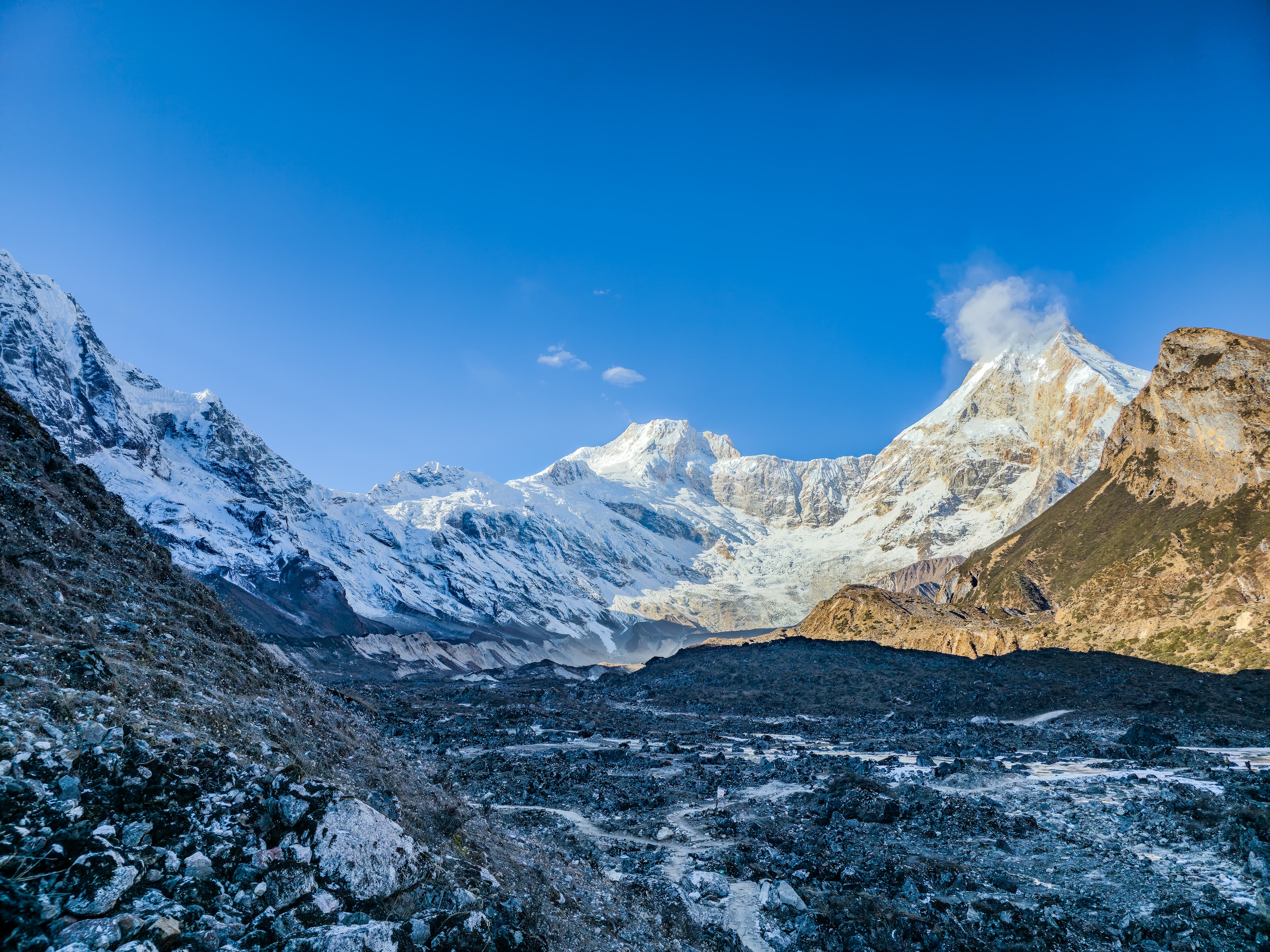
Final Thought
The Manaslu Circuit Trek in March is an excellent adventure through remote villages, stunning landscapes, and majestic Himalayan peaks. March conditions will suit any seasoned trekker or novice for this unimaginable journey.
If you're looking to make this unforgettable trek, Dolpo Caravan Treks is here to make your dream a reality. Our experienced guides, tailored itineraries, and commitment to safety will ensure that your trek is smooth and memorable. Don't wait—book your trek today and take the first step towards an extraordinary Himalayan adventure!
FAQs
What is the best time to do the Manaslu Circuit Trek?
The best time to do the Manaslu Circuit Trek is autumn (September to November) and spring (March to May). These seasons offer stable weather, clear mountain views, and comfortable trekking conditions. Winter brings extreme cold, and the monsoon season makes trails slippery and risky due to landslides.
Is the Manaslu Circuit Trek difficult?
Yes, the Manaslu Circuit Trek is considered a challenging trek due to its high altitude, remote trails, and extended daily hikes. The trek involves steep ascents and descents, with the highest point being Larkya La Pass (5,160m), which requires good physical fitness and acclimatization. Weather conditions and limited teahouse facilities in some areas add to the difficulty.
Can I do the Manaslu Circuit Trek in March?
Yes, you can do the Manaslu Circuit Trek in March, one of the best months for trekking. March marks the beginning of the spring season, offering stable weather, moderate temperatures, and blooming rhododendron forests. However, it can still be cold at higher altitudes, especially near Larkya La Pass, so proper gear and preparation are essential.
How long does the Manaslu Circuit Trek take?
The Manaslu Circuit Trek typically takes 12 to 18 days, depending on the itinerary and acclimatization needs. A standard trek lasts around 14 days and covers approximately 160 km (100 miles). The duration can vary based on starting and ending points, side trips, and trekking pace.
Do I need a guide and porter for the Manaslu Circuit Trek?
Yes, a licensed guide is mandatory for the Manaslu Circuit Trek, as the region is a restricted area requiring a special permit. Hiring a porter is optional but highly recommended to reduce your load and enjoy the trek more comfortably. Guides help with navigation, safety, permits, and local insights, while porters carry heavy gear, making the trek less physically demanding.
What is the highest point on the Manaslu Circuit Trek?
The highest point on the Manaslu Circuit Trek is Larkya La Pass (5,160 meters / 16,930 feet). It is the most challenging part of the trek, with steep ascents, thin air, and unpredictable weather. Reaching the pass offers breathtaking views of Himalayan peaks like Manaslu, Himlung, and Annapurna II.
What should I pack for the Manaslu Circuit Trek in March?
For the Manaslu Circuit Trek in March, pack warm layers, a down jacket, and a waterproof shell to handle cold and changing weather. Sturdy trekking boots, a sleeping bag (-10°C to -20°C), and trekking poles are essential for comfort and safety. Don't forget sunglasses, sunscreen, a headlamp, and water purification tablets for high-altitude conditions.
Is altitude sickness a concern on the Manaslu Circuit Trek?
Altitude sickness is a concern on the Manaslu Circuit Trek as the route reaches 5,160m at Larkya La Pass. Proper acclimatization, a slow ascent, and staying hydrated help reduce the risk. Symptoms like headaches, dizziness, and nausea should not be ignored; descending if they worsen is crucial.
Can I get permits for the Manaslu Circuit Trek in March?
Permits for the Manaslu Circuit Trek can be obtained in March, but you must trek with a licensed guide. The required permits include the Manaslu Restricted Area Permit (MRAP), Annapurna Conservation Area Permit (ACAP), and TIMS card. These permits can be obtained through a registered trekking agency in Nepal.
How do I get to the starting point of the Manaslu Circuit Trek?
To reach the starting point of the Manaslu Circuit Trek (Soti Khola), you can take a bus or private jeep from Kathmandu to Arughat (a 7-8 hour drive) and then another short jeep ride to Soti Khola. Alternatively, you can fly to Besisahar and drive from there, but the bus or jeep route via Arughat is more common.

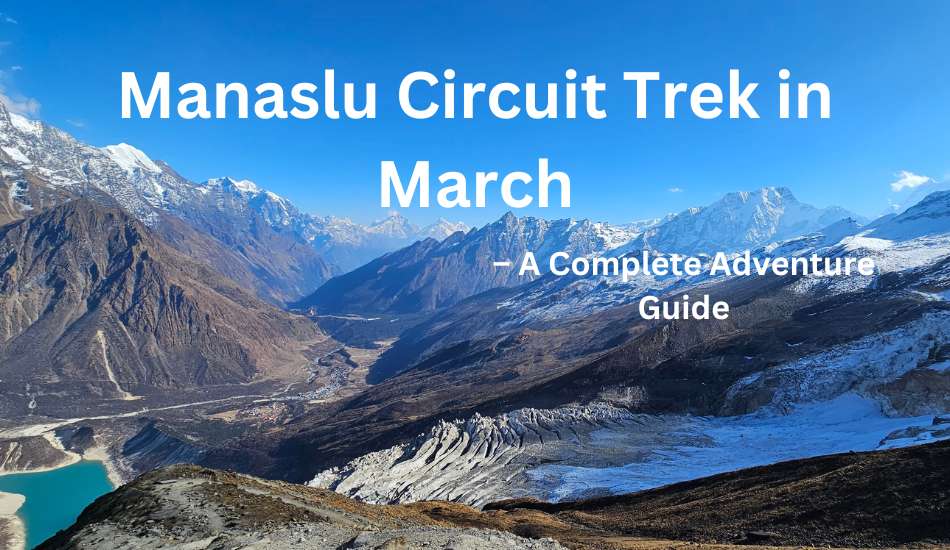
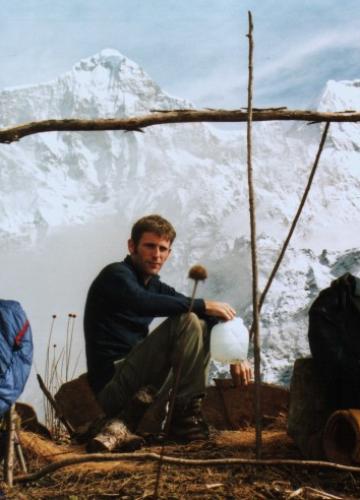
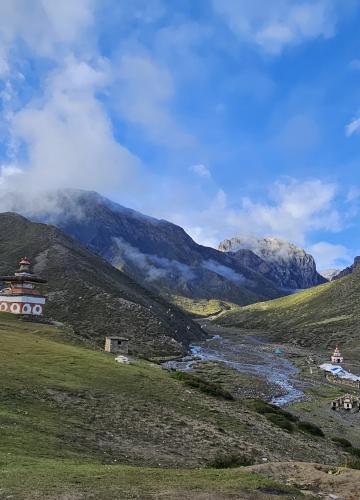
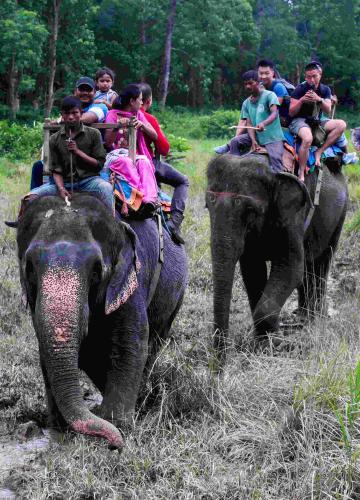
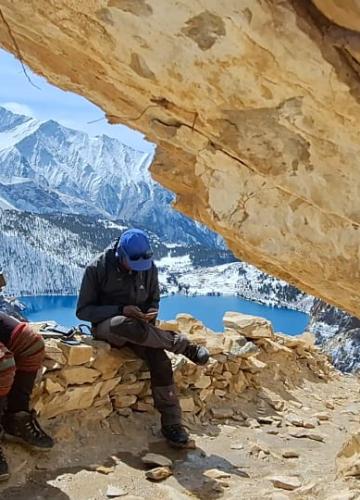
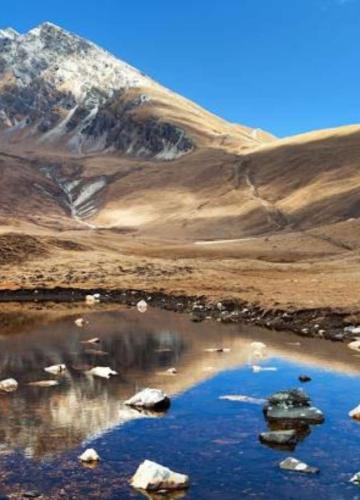
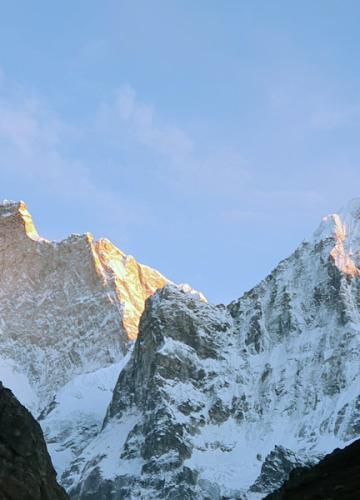

Leave Your Comment